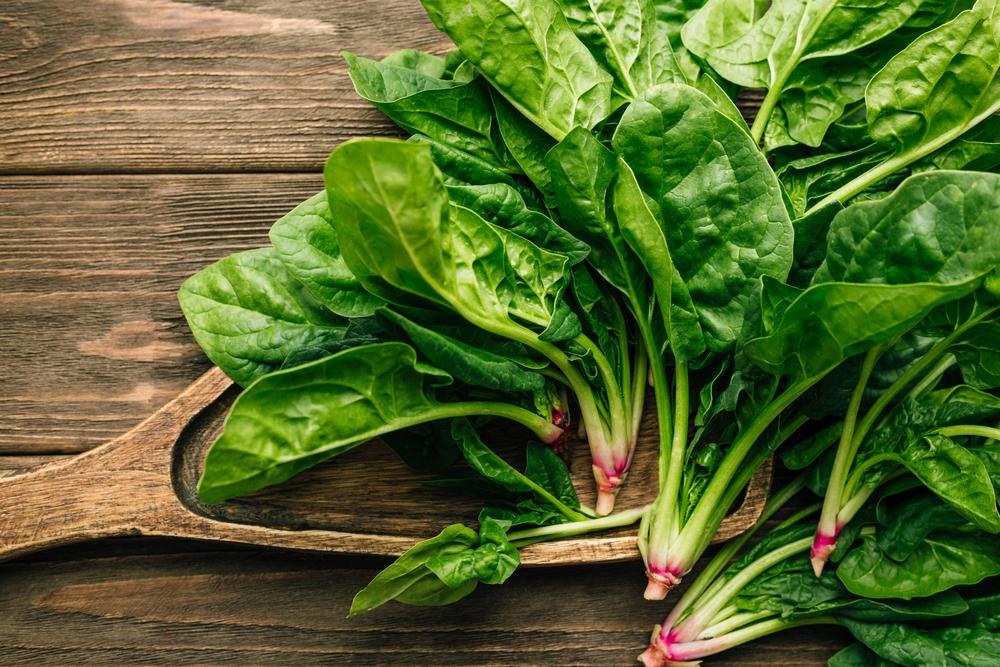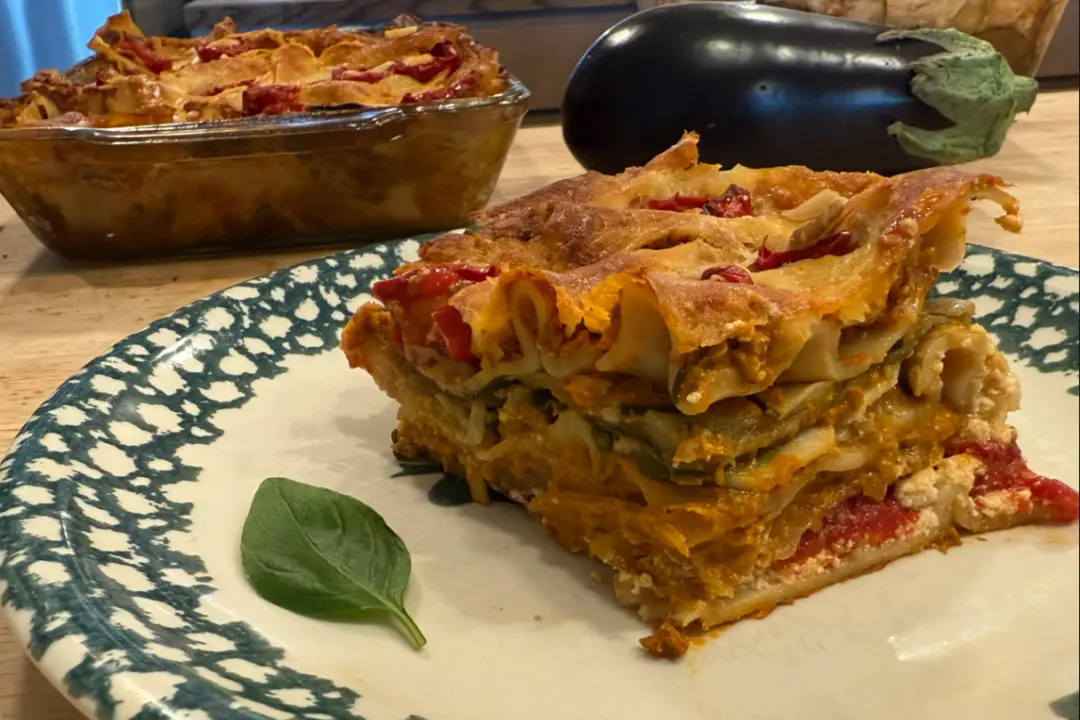I love buying spinach at the farmers market in spring. There is great variety to be found, from dainty babies to long-stemmed beefsteaks. Each vendor has different-looking spinach, and each farmer has a different way to cook it.
I got a good one recently from a farmer friend who told me about a Chinese-style spinach and noodle dish. She boils the spinach and then plunges it into cold water, as one does with vegetables. Next, she squeezes the spinach, pressing out all the water.





